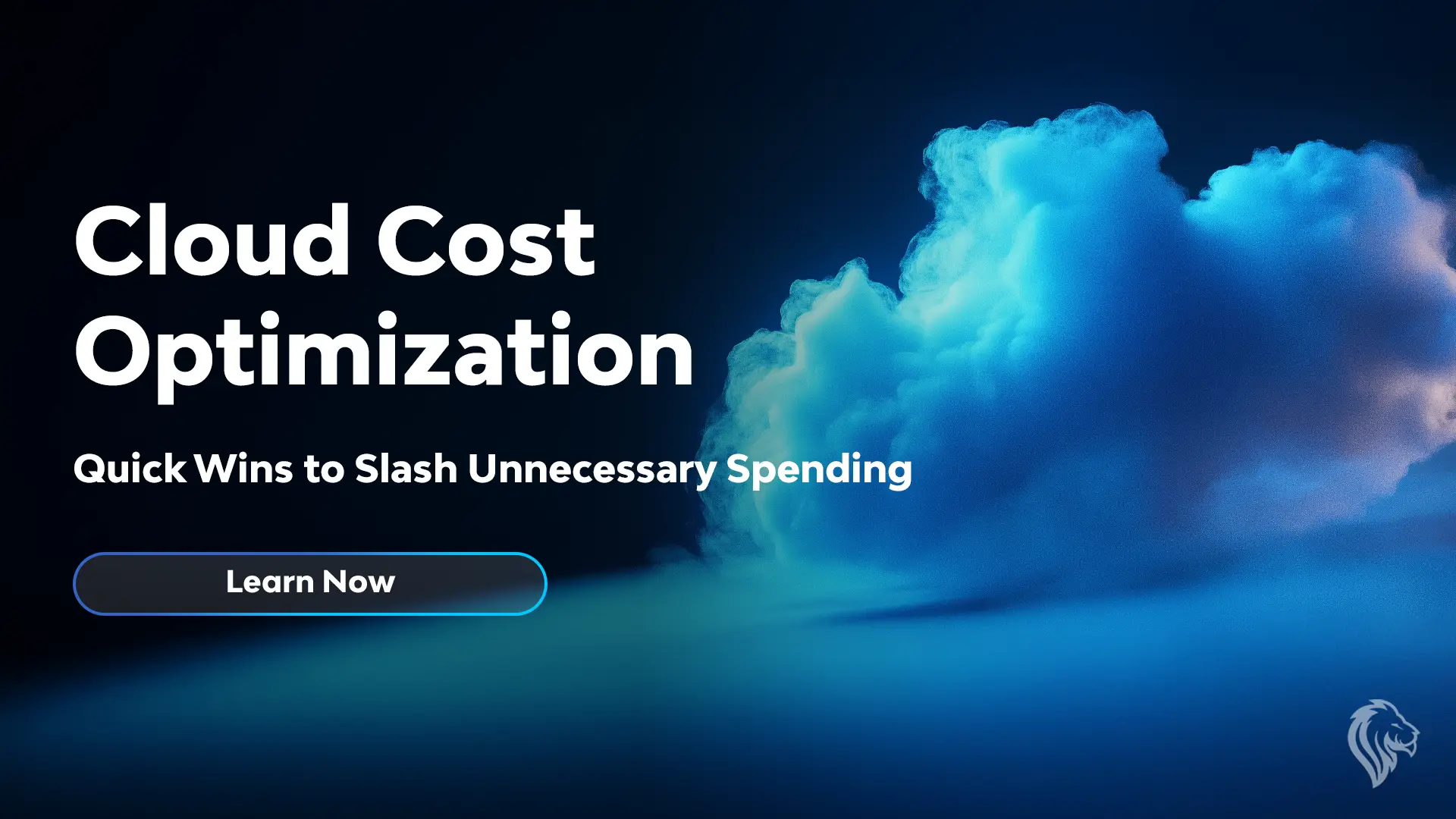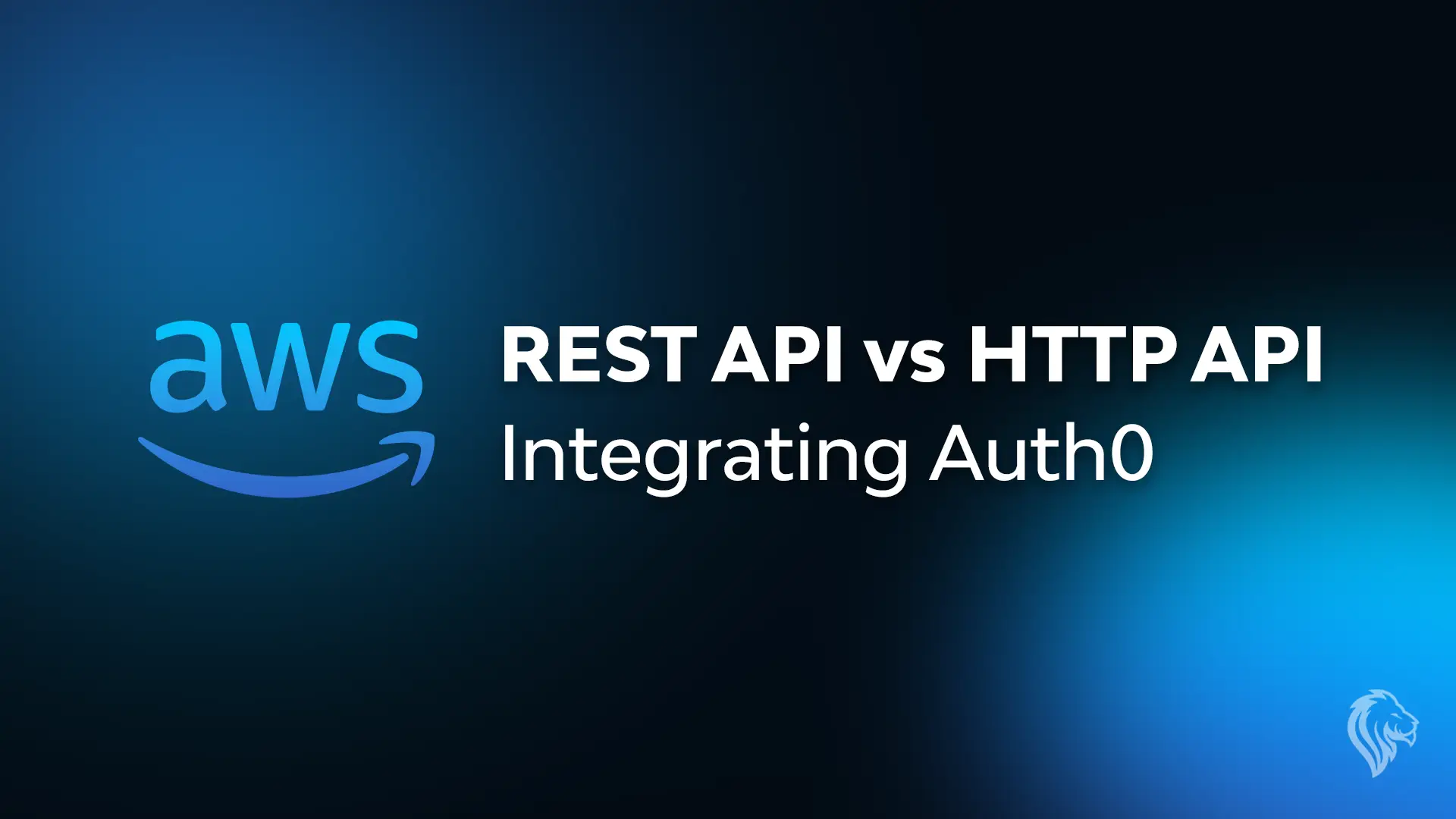Imagine this: you have a brilliant idea for a SaaS product. You can envision its potential, but how do you transform that vision into a reality? That’s where Agile methodologies, particularly Scrum, come into play.
Agile methodologies are all about adaptability and flexibility. They enable you to embrace change and respond swiftly to customer needs and market trends. In the SaaS industry, where things are constantly evolving, this agility is a game-changer.
Scrum, in particular, provides a framework for effective Agile product development. It’s like having a roadmap that guides you through the entire process. With Scrum, you break your product development journey into smaller, manageable chunks known as “sprints.”
Each sprint typically lasts two to four weeks and involves a cross-functional team working collaboratively. They set goals for the sprint, plan their tasks, and then dive in to complete them. The beauty of Scrum lies in its encouragement of regular check-ins, fostering transparency and enabling the team to inspect and adapt their approach.
One of the core principles of Scrum is the product vision. Your product vision is akin to a compass that guides your team. It helps everyone understand the purpose and direction of the product. A strong and compelling vision inspires your team and keeps them focused on what truly matters.
However, a vision alone is insufficient. You need a clear roadmap, and that’s where Scrum’s product backlog comes into play. The product backlog is a prioritised list of all the features, enhancements, and bug fixes that need to be addressed. It’s a living document that evolves as you gather feedback and learn from each sprint.
In each sprint, the team selects a set of items from the product backlog and commits to delivering them. They collaborate, communicate, and work together to achieve their sprint goals. At the end of the sprint, they showcase their progress in a sprint review and gather valuable feedback from stakeholders.
Scrum also incorporates regular retrospective meetings. These meetings provide an opportunity for the team to reflect on what went well, what didn’t go as planned, and what they can do to improve. It’s a continuous learning cycle that fosters a culture of innovation and accountability.
By following the Scrum framework, you empower your team to deliver value incrementally and frequently. Instead of waiting for months or even years for a finished product, you can release new features and updates regularly. This iterative approach allows you to gather feedback early on and make adjustments along the way.
In the dynamic world of SaaS, Agile product development with Scrum is a game-changer. It helps you navigate uncertainty, embrace change, and deliver products that truly meet customer needs. So, if you have a SaaS dream waiting to be realised, consider working with us because agility is our game.
Related Articles

Launch Your First Secure SaaS API in 5 Days
Looking to launch a secure SaaS API quickly? Our 5-day API lifecycle fast-track helps star...
Read more
Cloud Cost Optimization: Quick Wins to Slash Unnecessary Spending
Discover quick wins for cloud cost optimization! Learn how to cut unnecessary spending, ri...
Read more
AWS – REST API vs HTTP API – Integrating Auth0
Explore the differences between REST API and HTTP API in AWS and how built-in JWT authenti...
Read more
Reflecting on 2024: A Year of Growth, Innovation, and Milestones
Reflect on 2024 with Cyrex Enterprise! Discover our achievements in software development, ...
Read more


